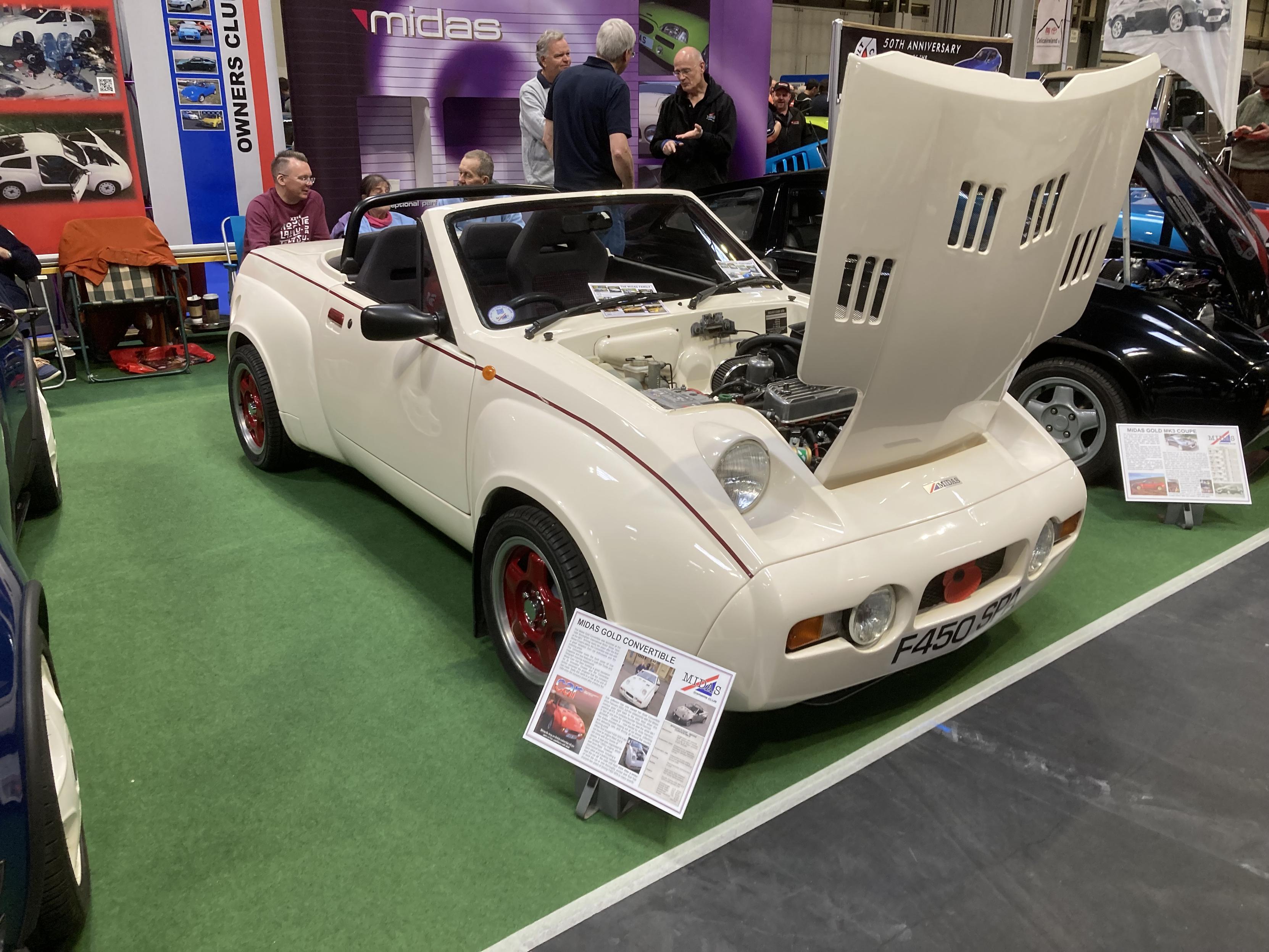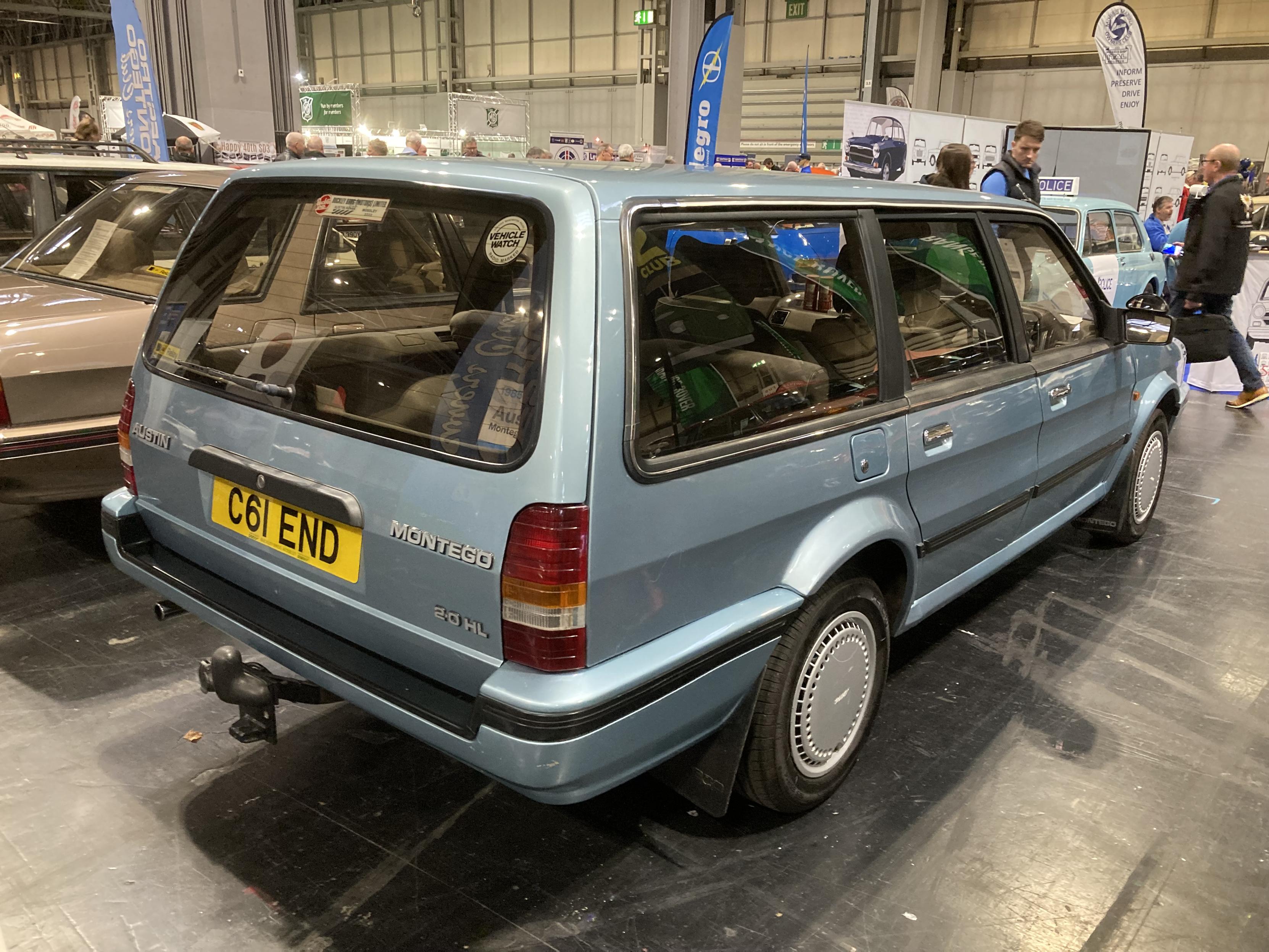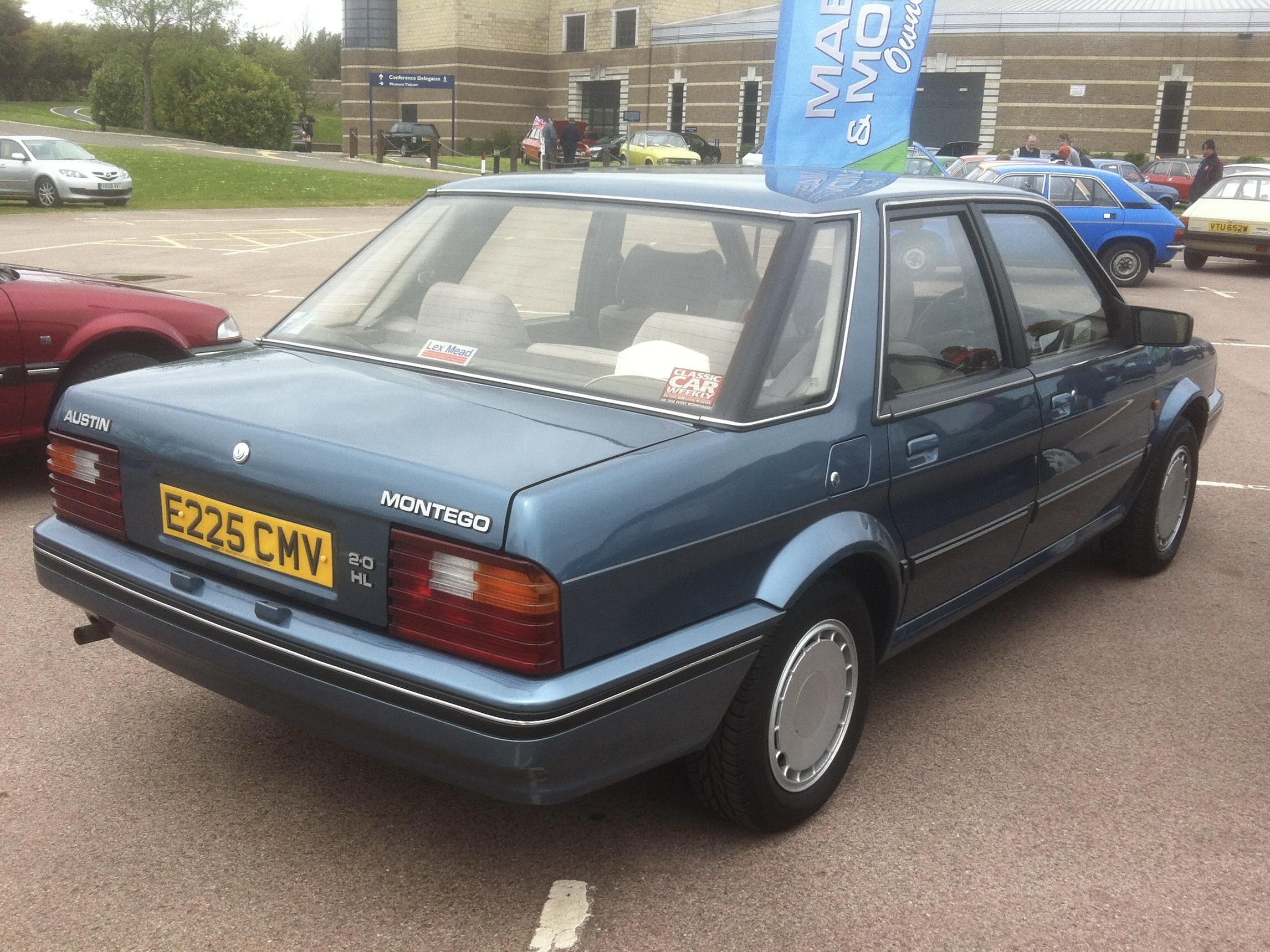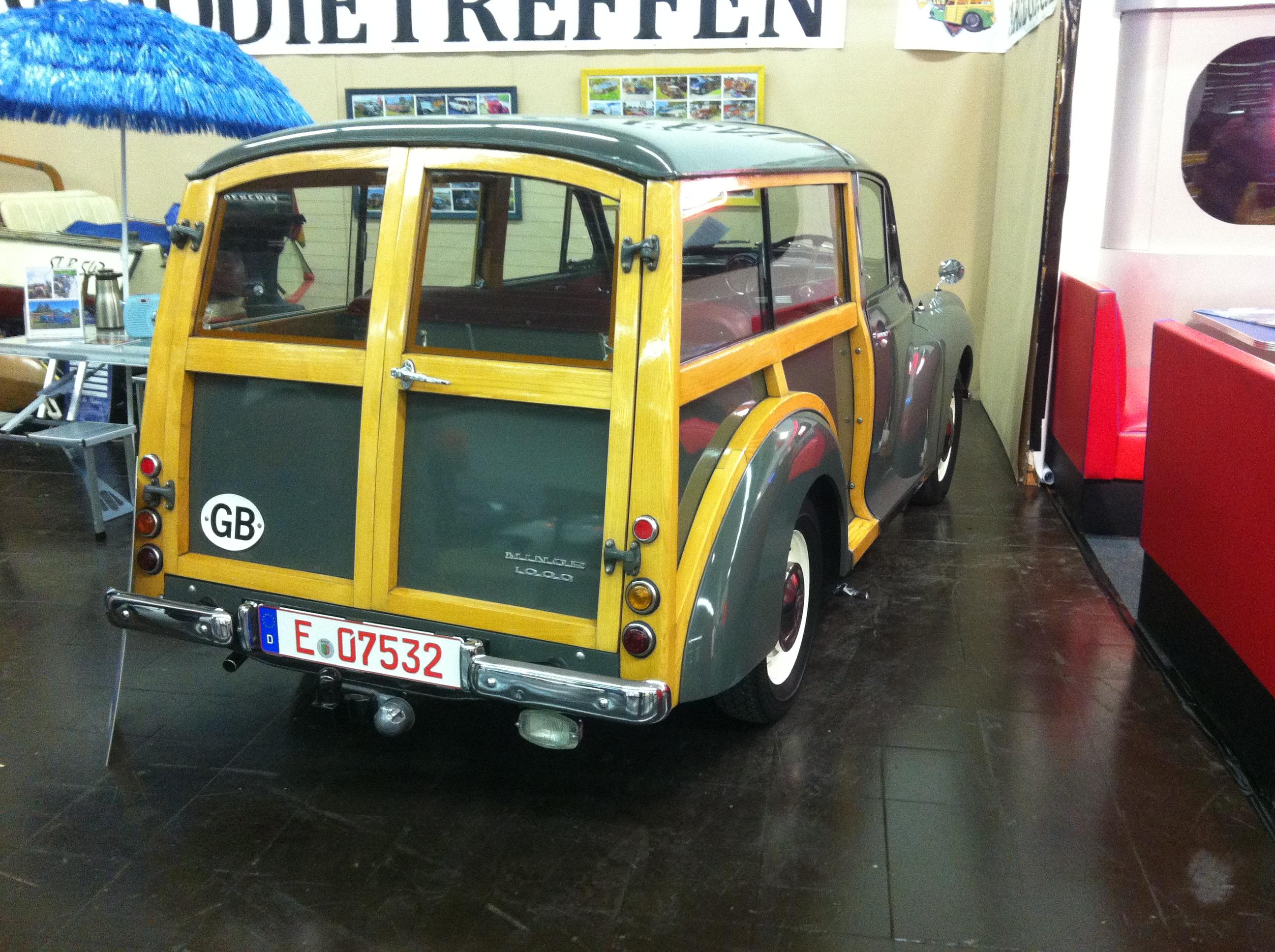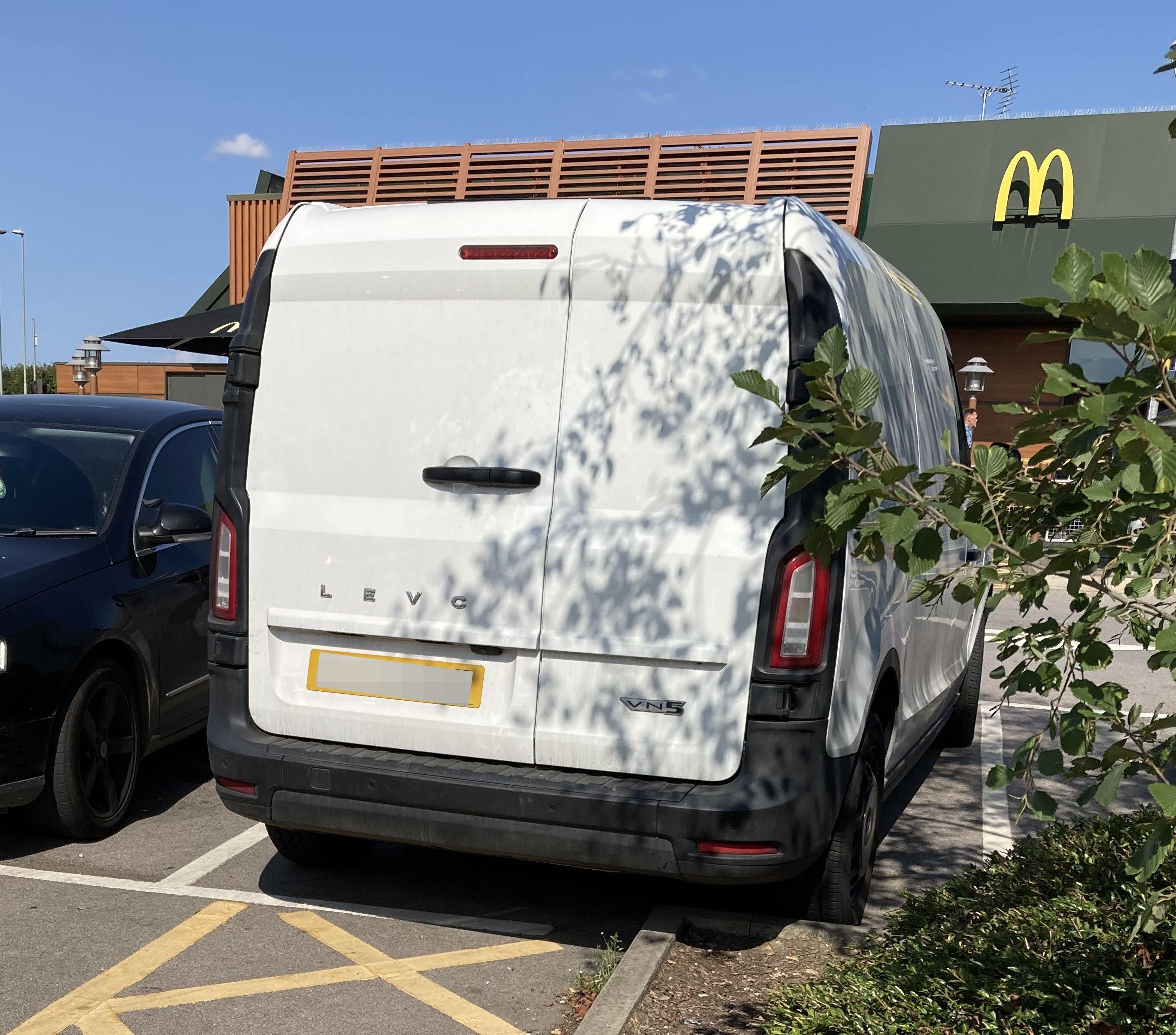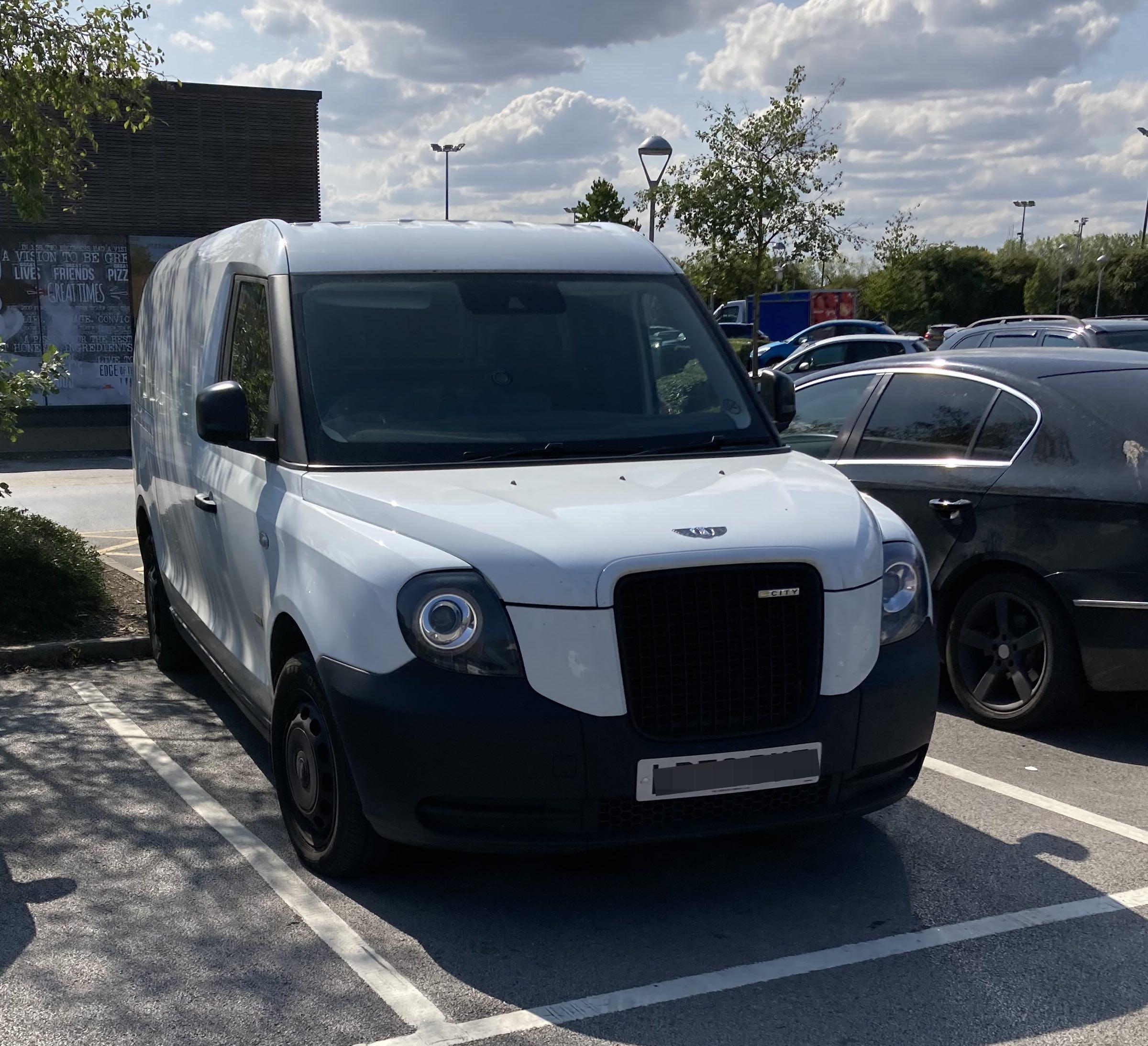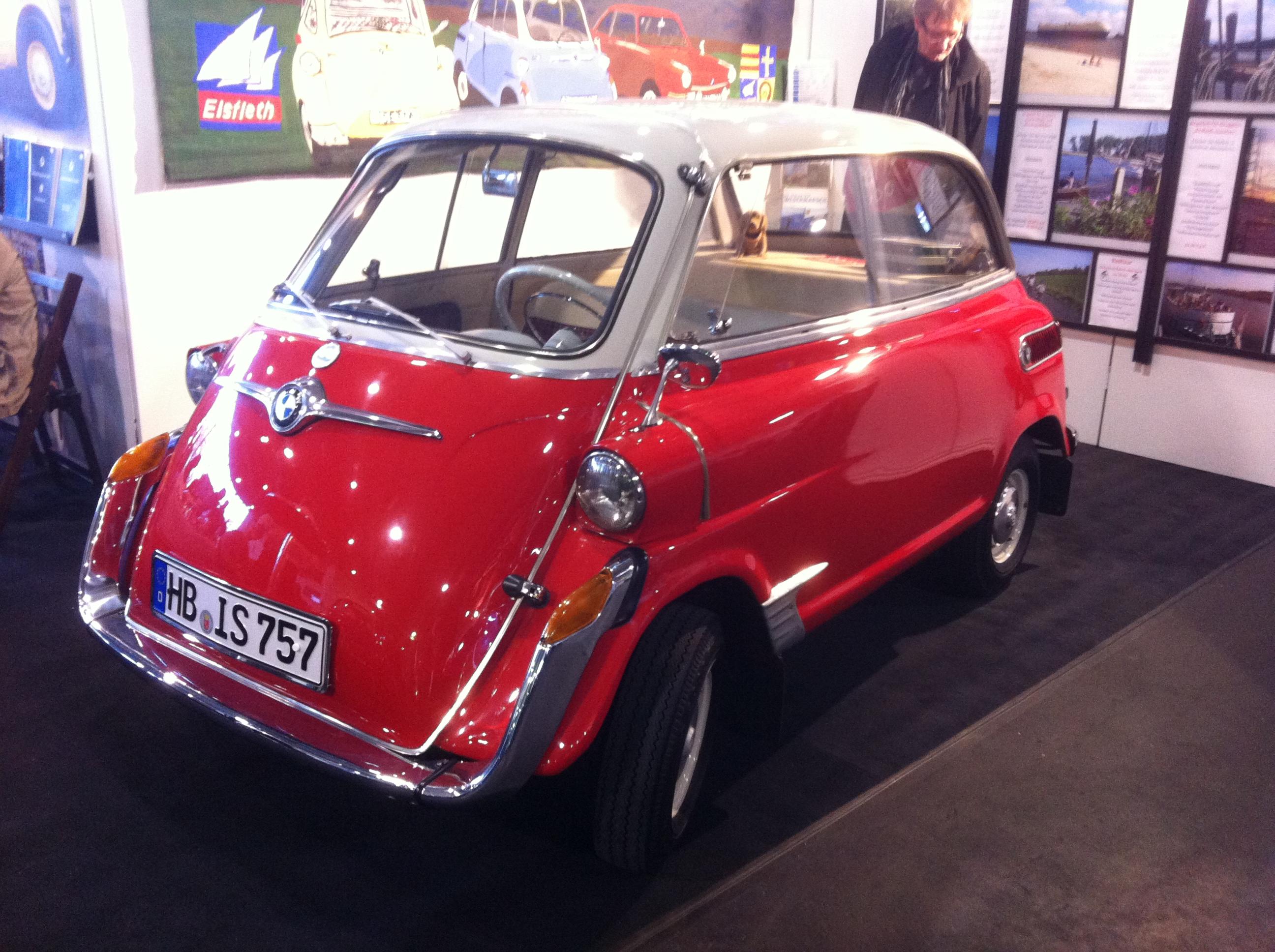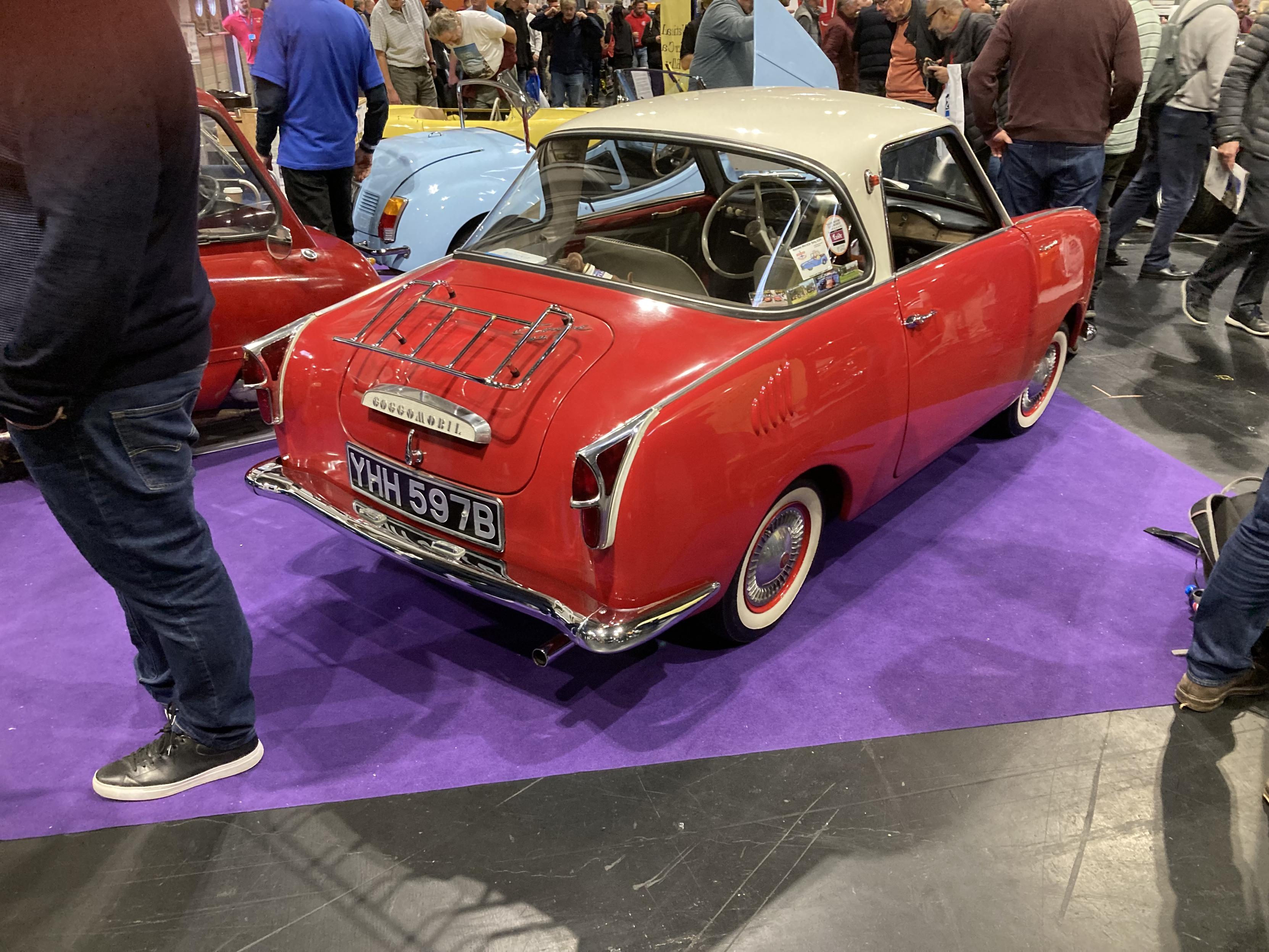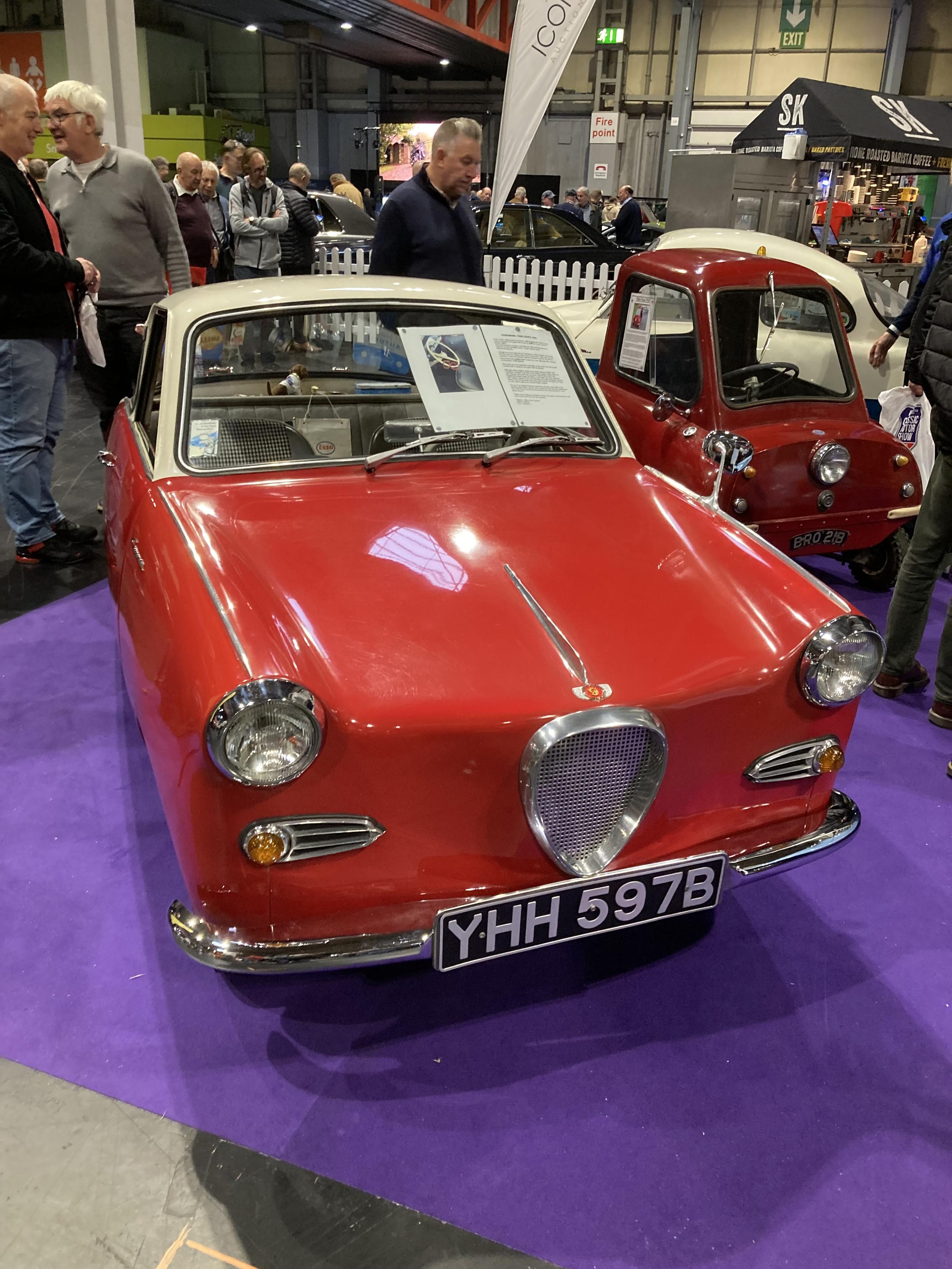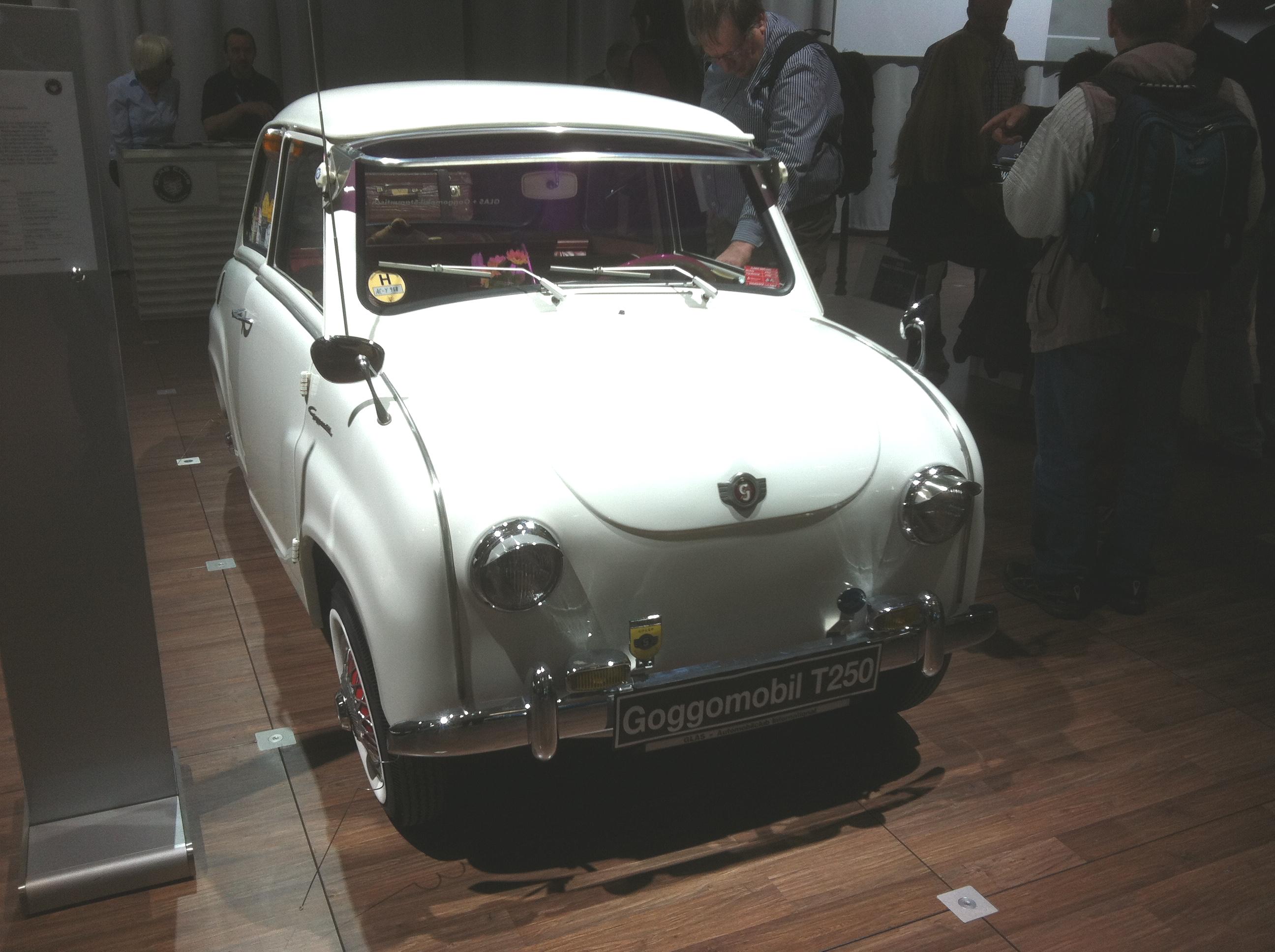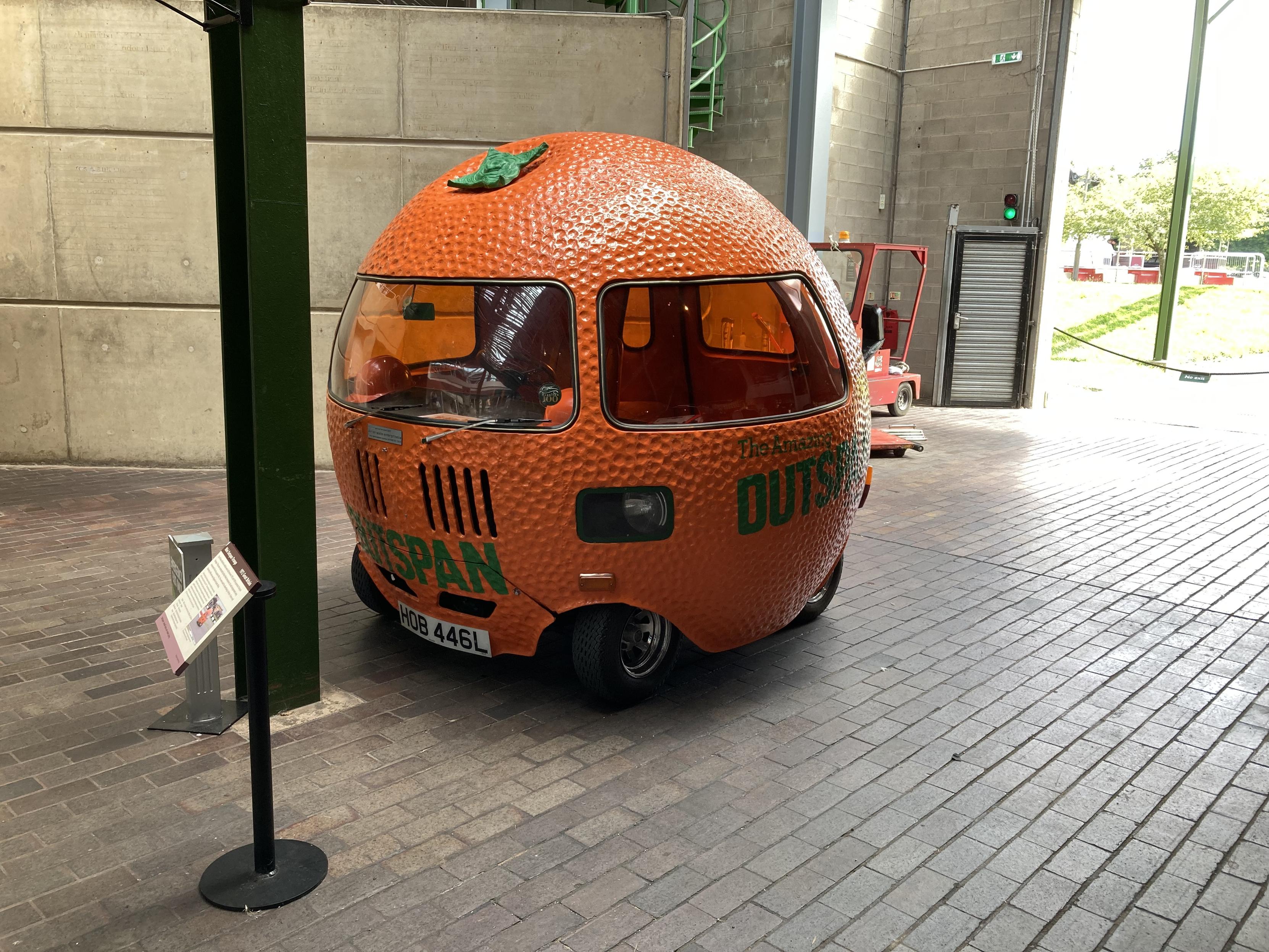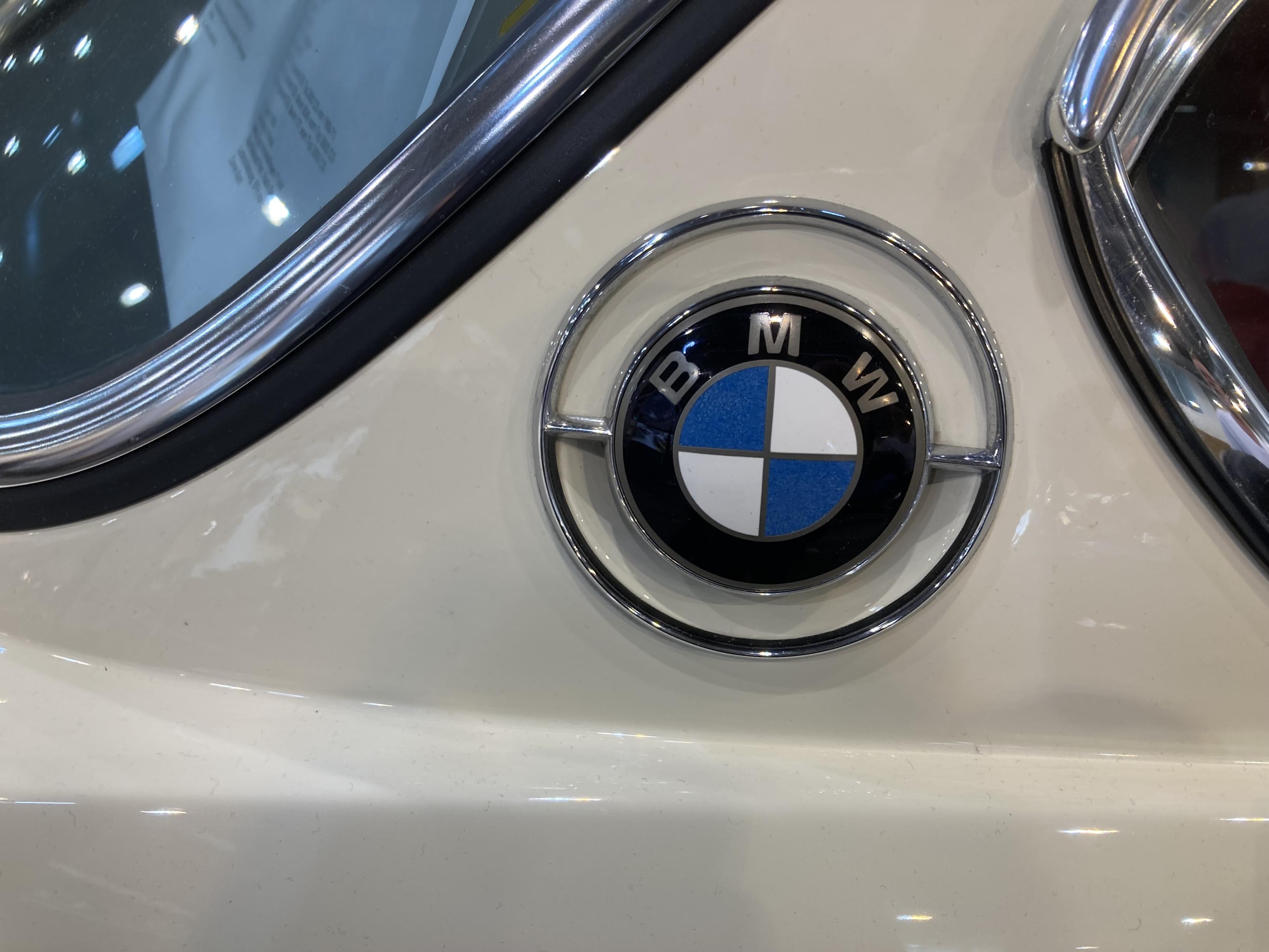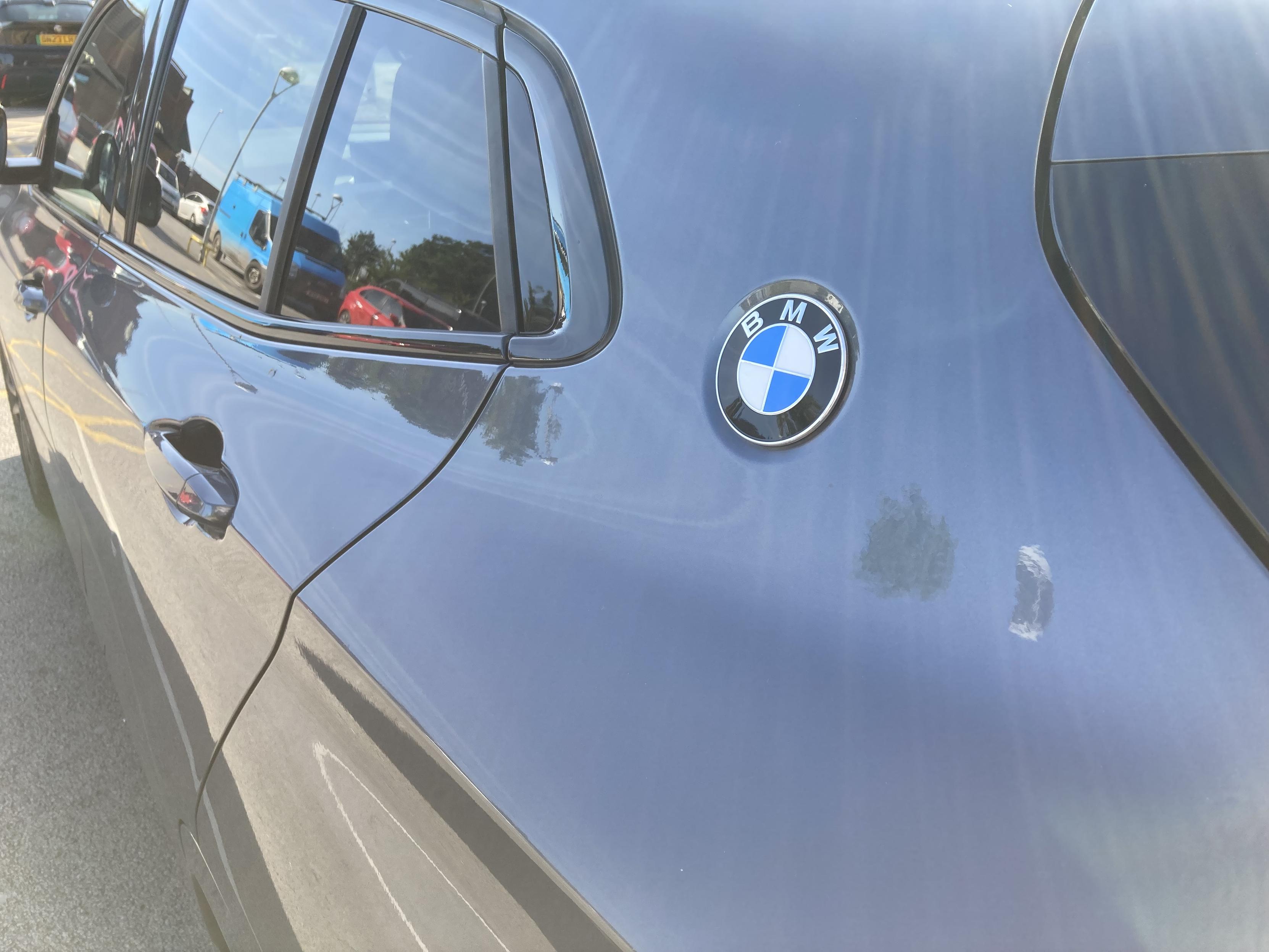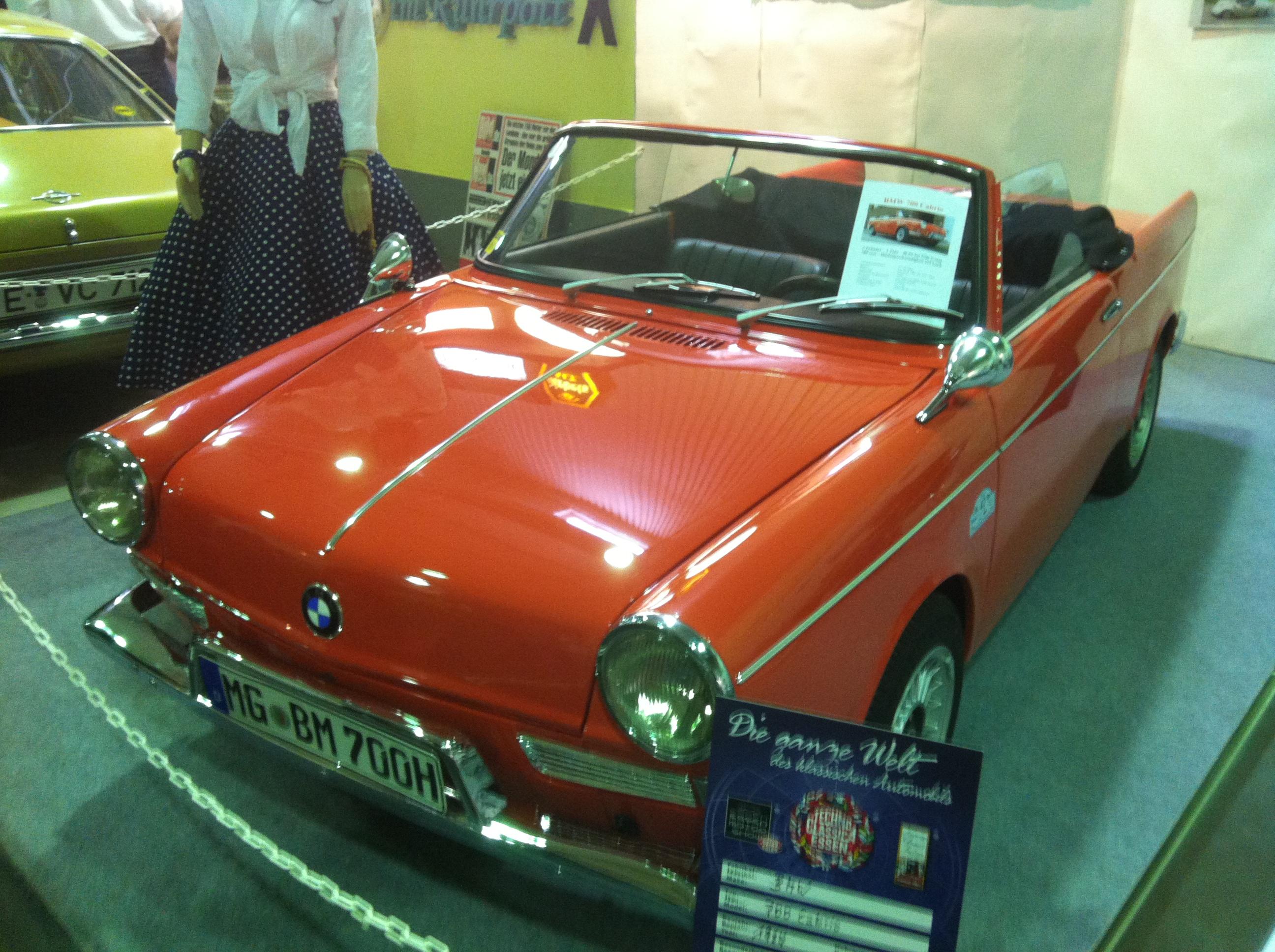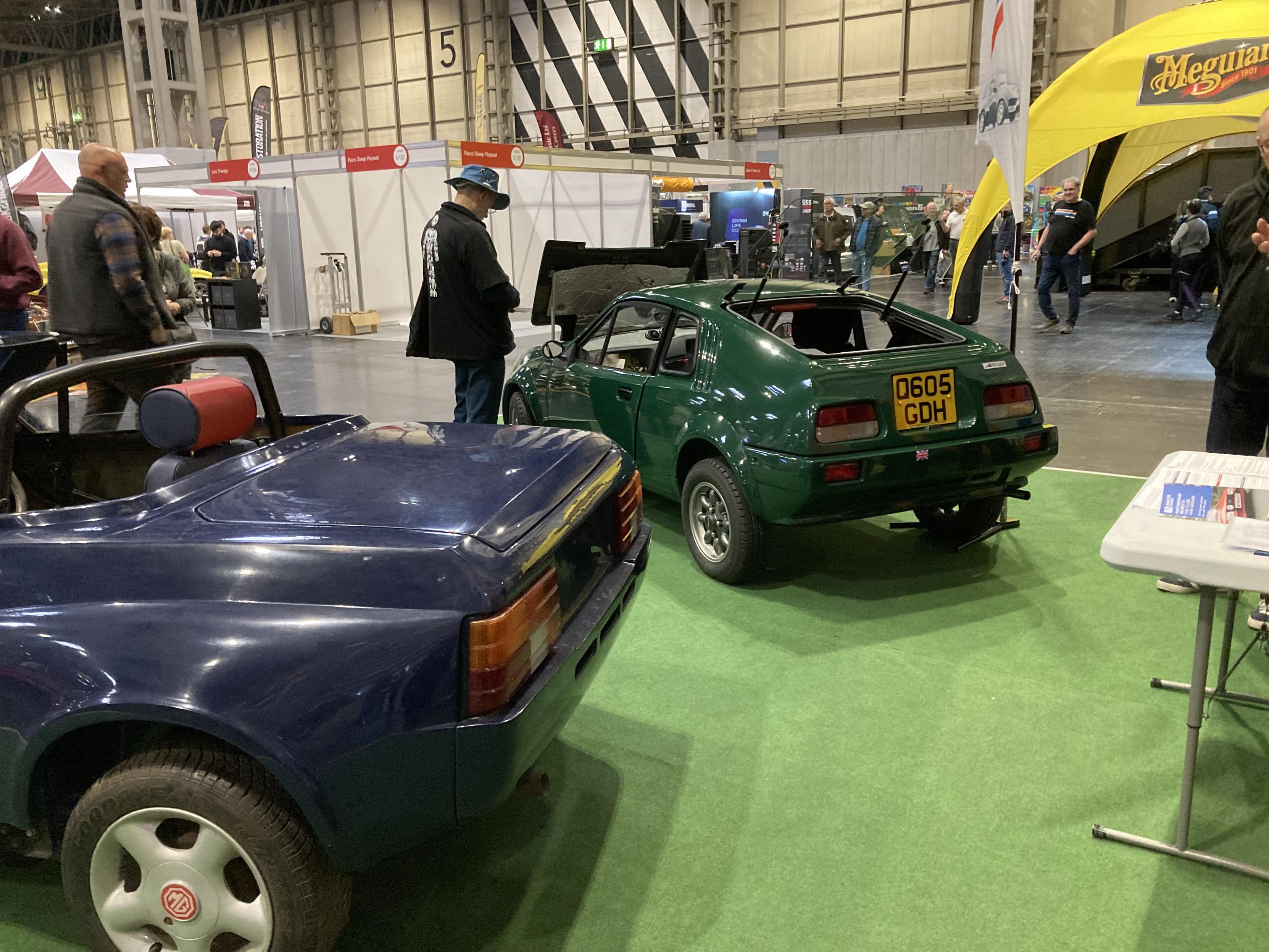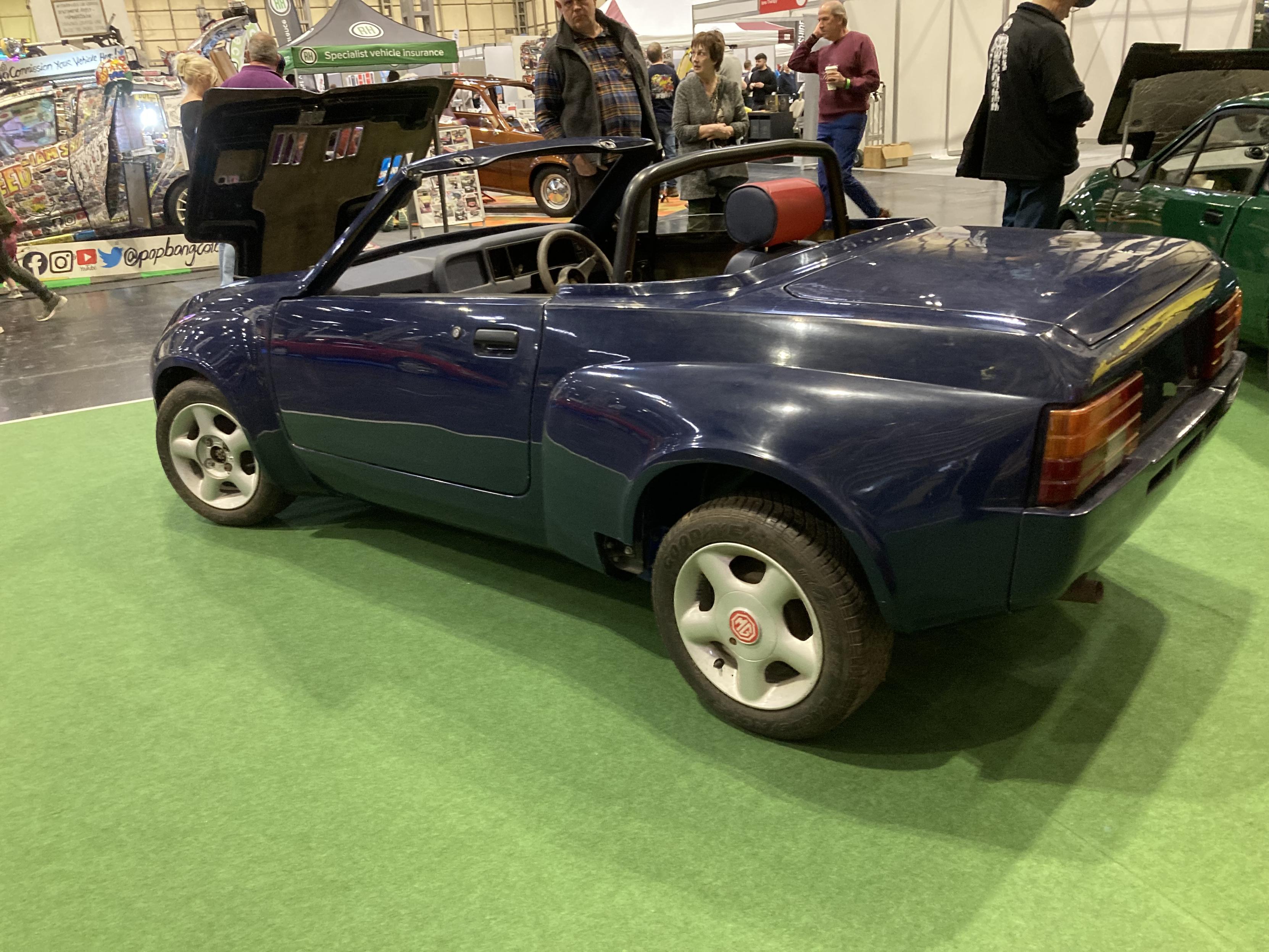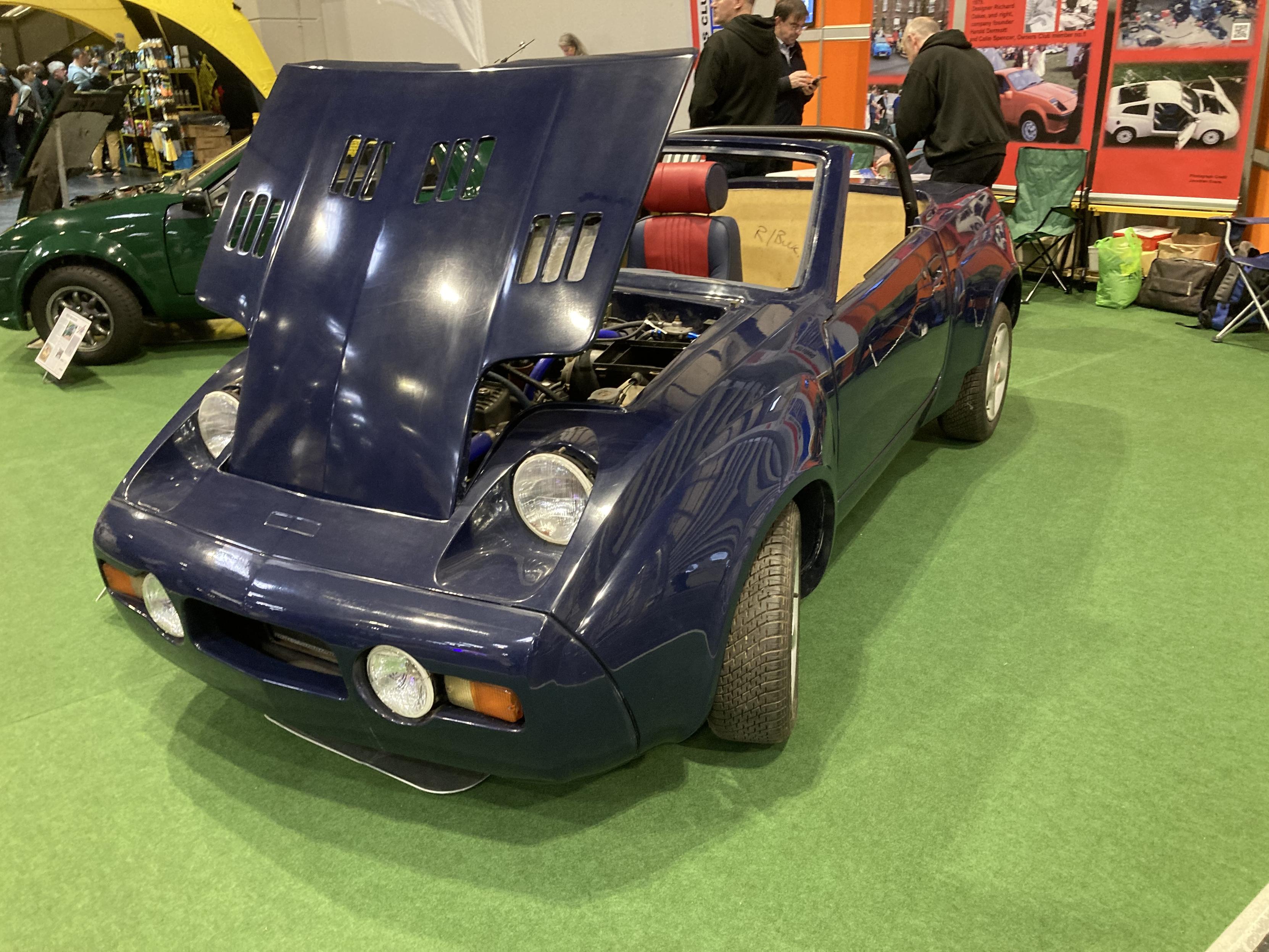One last Midas from the recent NEC Classic Motor Show - the Midas Gold convertible. I’ve posted a similar car before - see below - but I think this lighter colour shows off its contours better. (1/2)
One last Midas from the recent NEC Classic Motor Show - the Midas Gold convertible. I’ve posted a similar car before - see below - but I think this lighter colour shows off its contours better. (1/2)
Yesterday, we viewed the Austin Montego from the front. Today we are looking at it from the back. First, the saloon with its slightly awkward wraparound rear window, seen at the Allegro 40th anniversary celebration at Gaydon in 2013. The second car is the more handsome estate model, seen at the 2024 NEC Classic Motor Show. (1/2)
Today, we’re lingering on the subject of the Morris Marina door handles with this example of the Reliant Scimitar, which I saw at last weekend’s NEC Classic Motor Show. When the revamped SE6 version of the Scimitar was introduced in 1975, it received important upgrades such as a lengthened wheelbase for more interior space and also, like yesterday’s Lotus Eclat, Marina door handles.
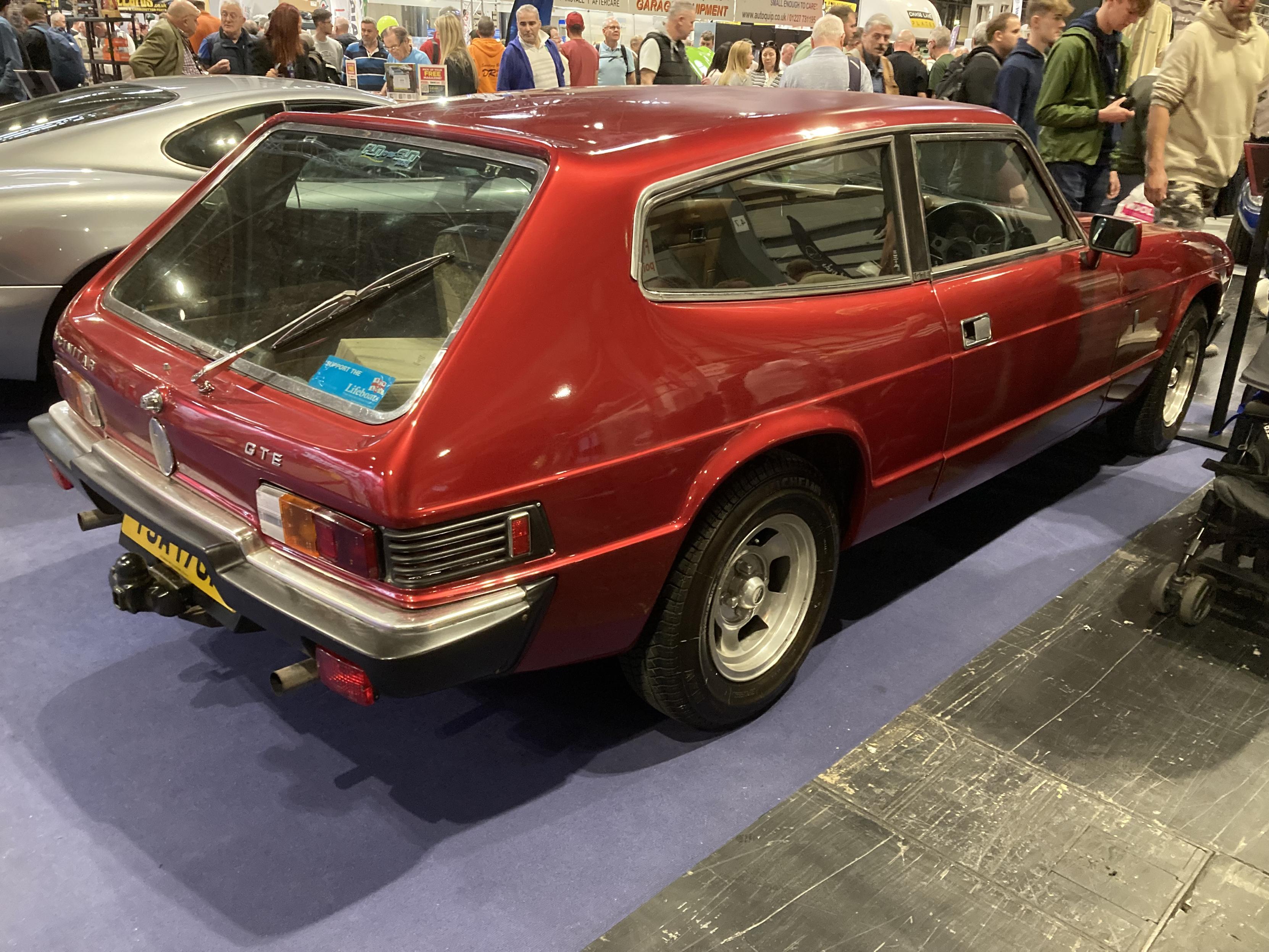
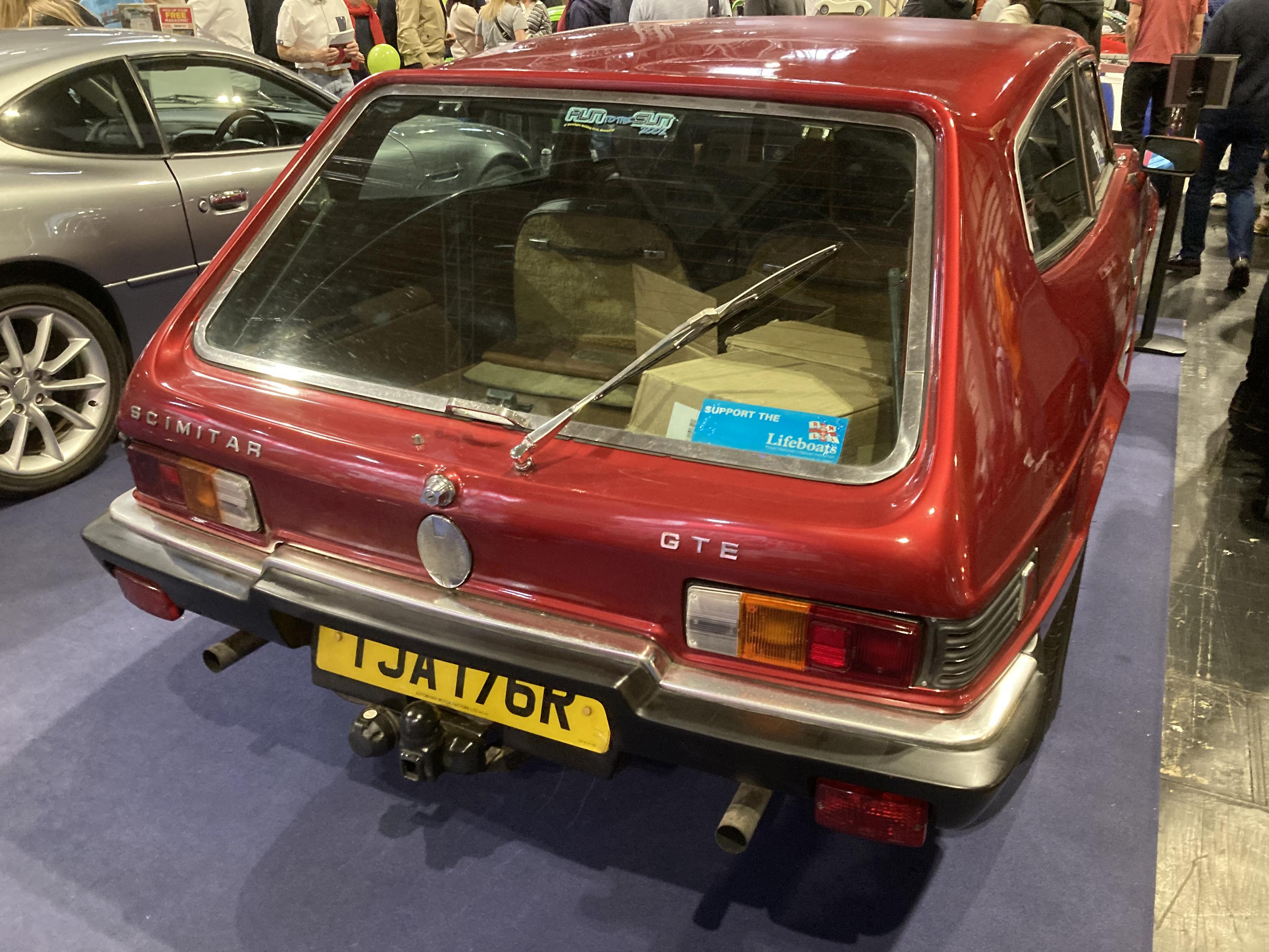
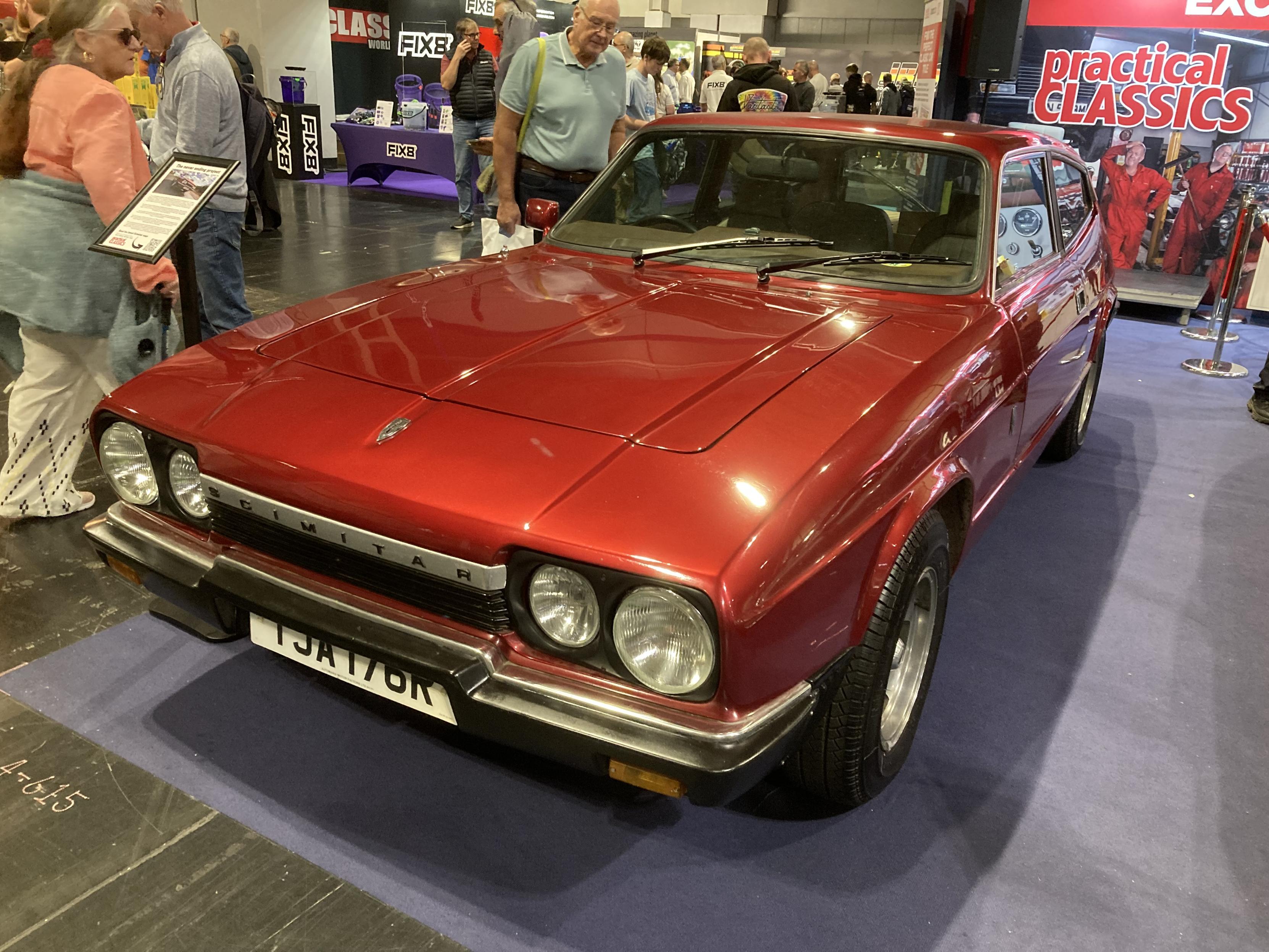
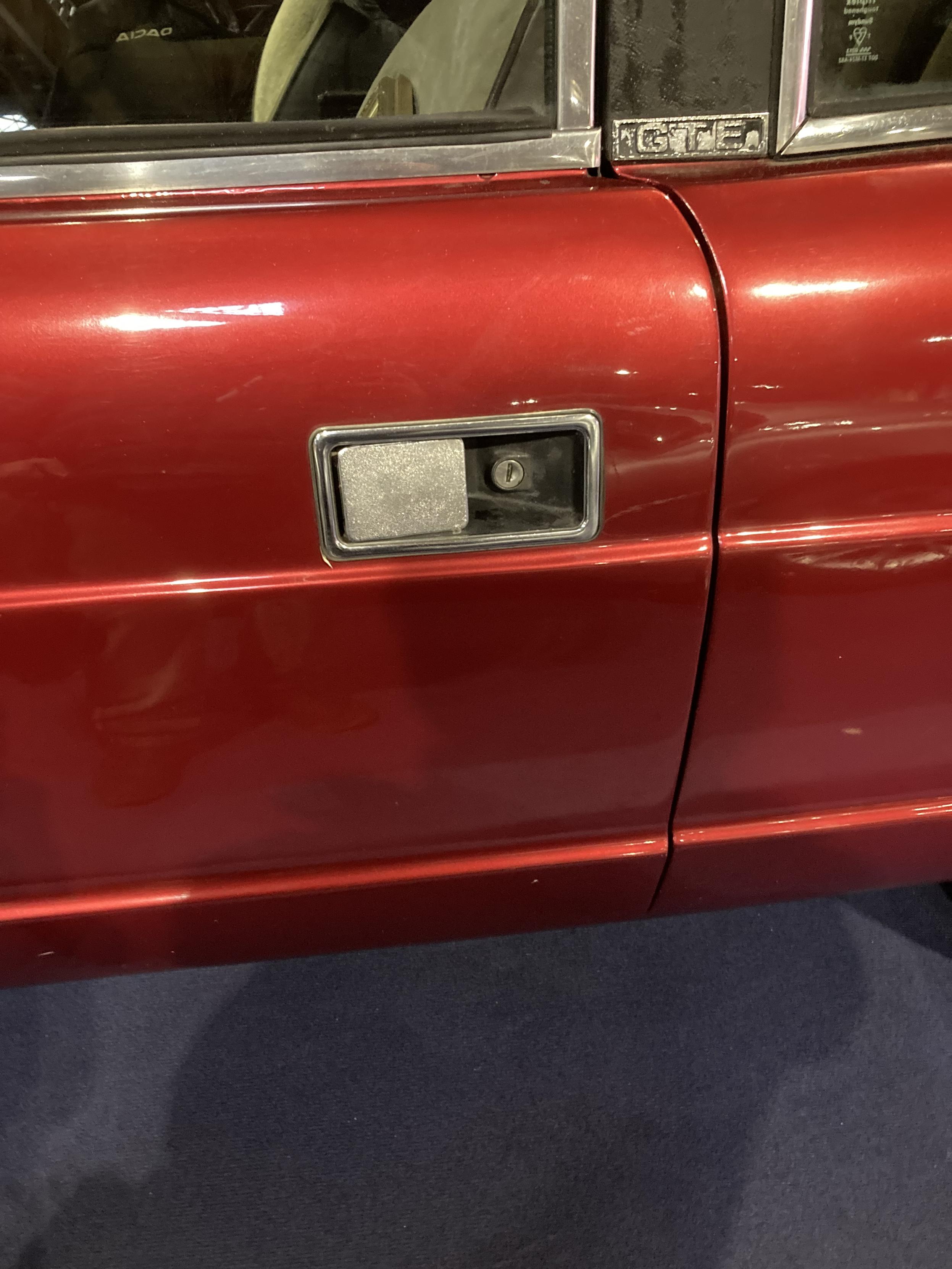
Today, one of the best-known Morris Minor variations, the half-timbered Traveller estate. The Traveller was introduced in 1952 but this is a post-1956 1000 model, the 1000 being a reference to its 948cc A-Series engine, an increase compared with the capacity of the original 803cc of the version of the ‘A’ inherited from the Austin A30. Snapped at the Bremen Classic Motor Show in 2014. The wooden bits are structural rather than merely decorative.
A few days ago, I posted a van that had been converted into a black London taxi cab - the Mercedes Vito. This vehicle has undergone the opposite transformation. The VN5 is a van from the Geely-owned LEVC, based on the same company’s TX London taxi cab, although the rear bodywork is more boxy. It uses the range-extender electrified powertrain found in the taxi too. Spotted at my local leisure complex car park.
Today, a third photo I’d have posted earlier if I’d realised I had it - and this is an interesting one. The BMW 600 was basically an extended four-seater version of the Isetta. The big front door was retained for the driver and front-seat passenger but the rear seat occupants entered via a single side-door on the right. The missing link between the BMW Isetta and the much more car-like BMW 700 I posted recently. Pic - Classic Motor Show Bremen, 2014.
Today, a third photo I’d have posted earlier if I’d realised I had it - and this is an interesting one. The BMW 600 was basically an extended four-seater version of the Isetta. The big front door was retained for the driver and front-seat passenger but the rear seat occupants entered via a single side-door on the right. The missing link between the BMW Isetta and the much more car-like BMW 700 I posted recently. Pic - Classic Motor Show Bremen, 2014.
A second helping of Goggomobil today with the fancier TS coupé model, which joined the standard TS in 1957. Both cars were available with 250, 300 and 400cc two-stroke engines over their lives. This one was spotted at the NEC Classic Motor Show near Birmingham in 2024. The Goggo was made by Glas in Dingolfing in Bavaria (‘das Ding aus Dingolfing’), where BMW, after acquiring Glas in the 1960s, now has one its main plants.
More German post-war minimal motoring today with the Goggomobil T250, seen here at Techno Classica Essen in 2014. The T250 was announced in 1954. It was produced by the Bavarian manufacturer Glas which, as I explained in my posts of a few weeks ago, was later bought by BMW. The Goggomobil took a different approach to the recently featured Isetta BMW and Heinkel bubble cars by adopting a conventional three-box/four-wheel design but shrinking it to tiny proportions.
A second helping of Goggomobil today with the fancier TS coupé model, which joined the standard TS in 1957. Both cars were available with 250, 300 and 400cc two-stroke engines over their lives. This one was spotted at the NEC Classic Motor Show near Birmingham in 2024. The Goggo was made by Glas in Dingolfing in Bavaria (‘das Ding aus Dingolfing’), where BMW, after acquiring Glas in the 1960s, now has one its main plants.
More German post-war minimal motoring today with the Goggomobil T250, seen here at Techno Classica Essen in 2014. The T250 was announced in 1954. It was produced by the Bavarian manufacturer Glas which, as I explained in my posts of a few weeks ago, was later bought by BMW. The Goggomobil took a different approach to the recently featured Isetta BMW and Heinkel bubble cars by adopting a conventional three-box/four-wheel design but shrinking it to tiny proportions.
The day before yesterday, I posted a small round orange car, an electric Microlino. Here’s another tiny round orange car, the Mini Outspan Orange. A small number of these were built in the early seventies to promote Outspan oranges. At least it wasn’t a lemon. Based on components from the Mini. Seen at the National Motor Museum at Beaulieu in 2023.
The day before yesterday, I posted a small round orange car, an electric Microlino. Here’s another tiny round orange car, the Mini Outspan Orange. A small number of these were built in the early seventies to promote Outspan oranges. At least it wasn’t a lemon. Based on components from the Mini. Seen at the National Motor Museum at Beaulieu in 2023.
The day before yesterday, I posted a photo of the BMW roundel applied to the base of the rear roof pillar of the 1969 2800 CS E9 coupé (white car). AFAICT this rather pleasing detail was subsequently absent from BMWs but made a reappearance on the X2 small SUV (grey car - seen in a local car park) a few years ago. Nice to see it back. I’ll return to the E9 coupé tomorrow.
Over the last few days, I’ve explained how BMW’s 1950s range was heavily polarised, consisting of high-end exotics like the 502 on the one hand or basic bubble cars leaning on the company’s motorcycle technology on the other. In 1959, BMW started tentatively to nibble away at the lower end of the vast middle ground in between with the rear (motorcycle) engined 700, seen here at Techno Classica 2013 in open-topped form. Saloon and coupé also available.
Over the last few days, I’ve explained how BMW’s 1950s range was heavily polarised, consisting of high-end exotics like the 502 on the one hand or basic bubble cars leaning on the company’s motorcycle technology on the other. In 1959, BMW started tentatively to nibble away at the lower end of the vast middle ground in between with the rear (motorcycle) engined 700, seen here at Techno Classica 2013 in open-topped form. Saloon and coupé also available.
After yesterday’s Mini-based Midas coupé, today we’re looking at its open-topped sister car, the Midas Gold convertible. This one was apparently purchased as a kit back in the day by its original owner but never quite finished. An opportunity for someone! Later Midas models were adapted to take Metro, rather than Mini parts. Note the Ascona/Cavalier rear lights. Snapped at the recent Practical Classics resto show. Bonus view of the coupé in pic 3.
